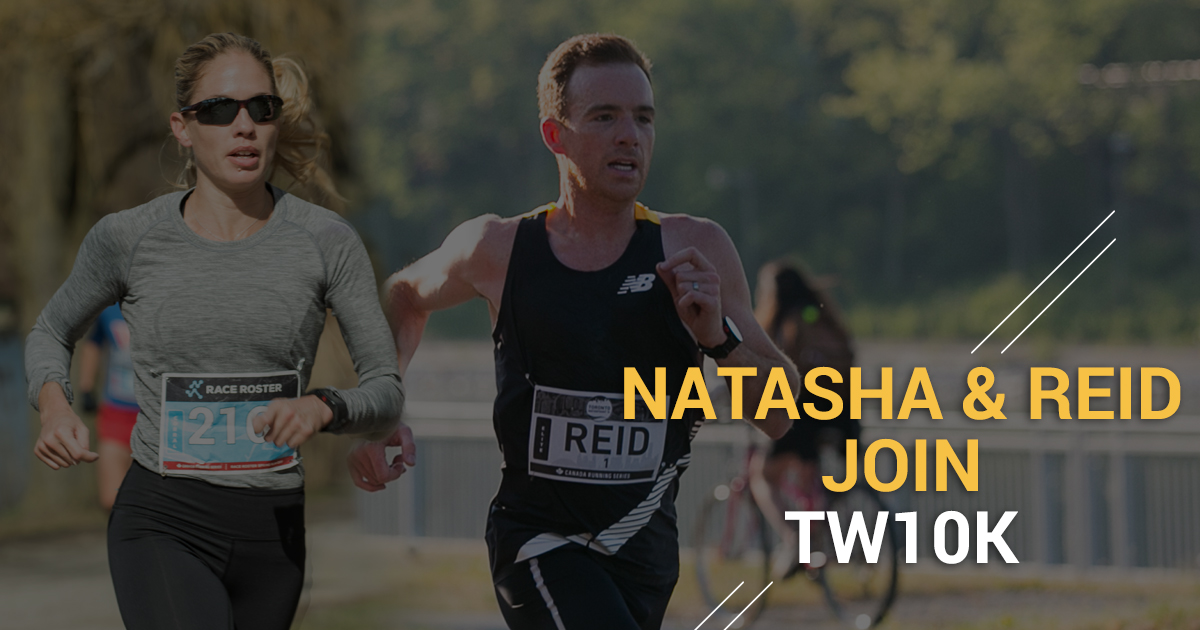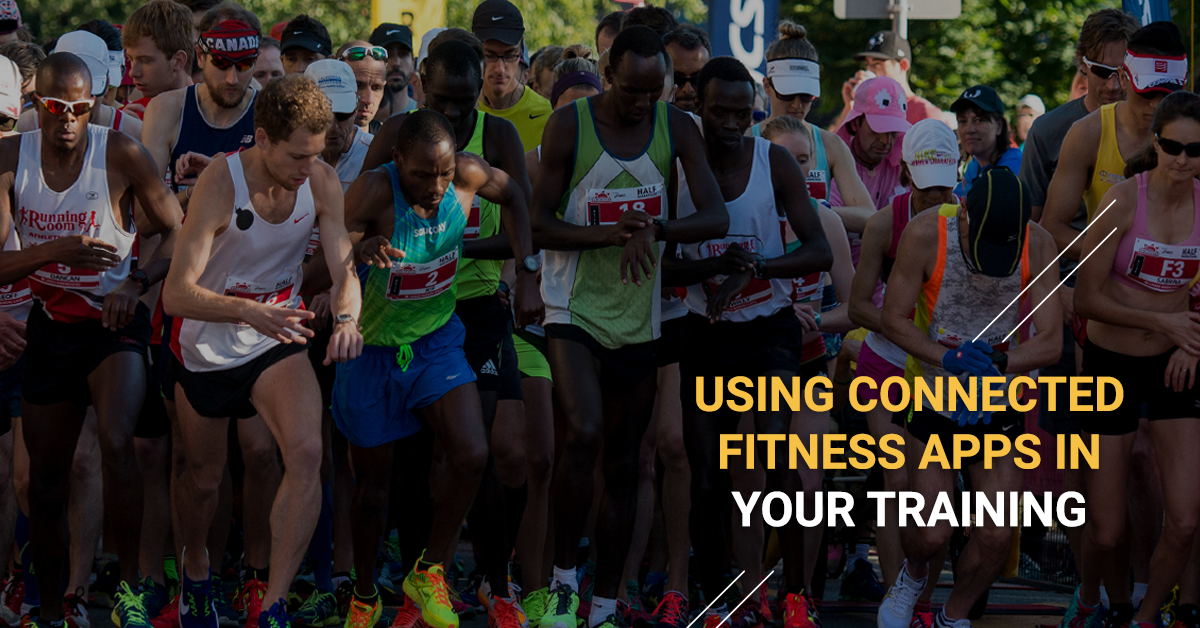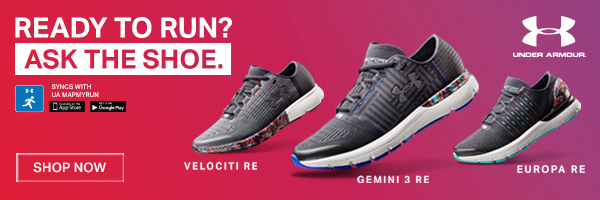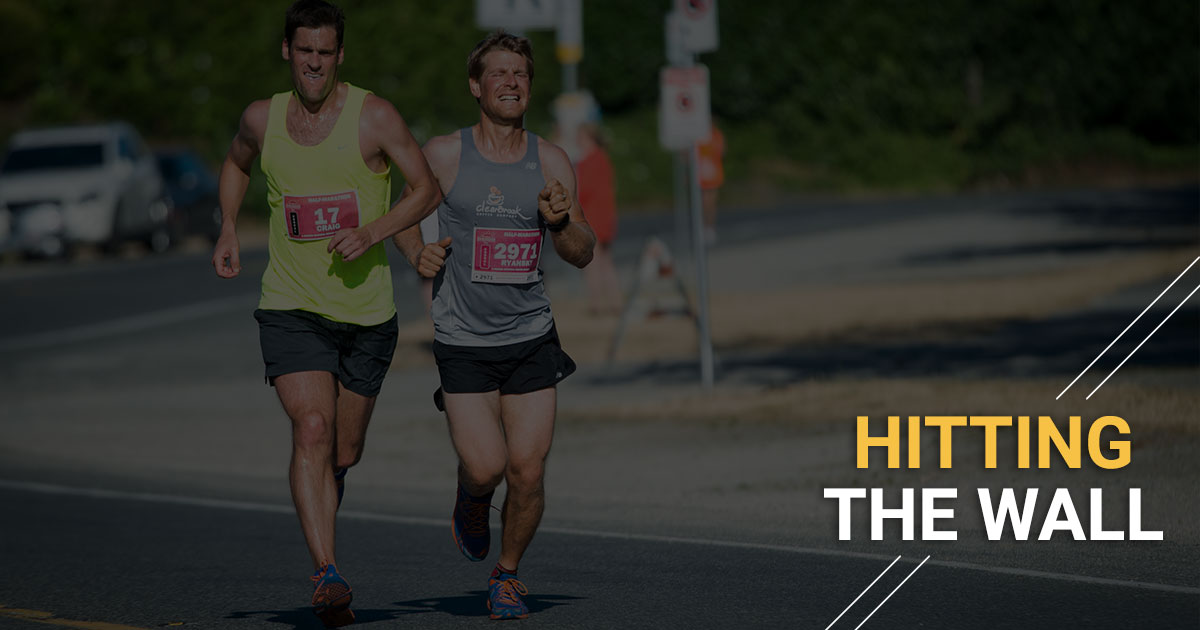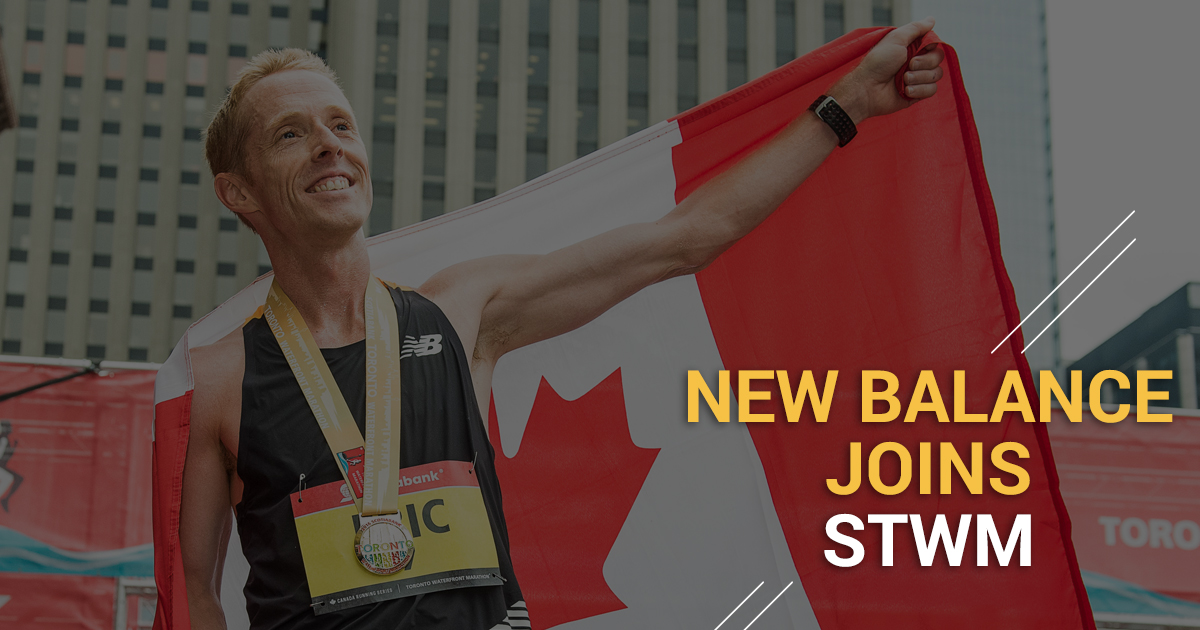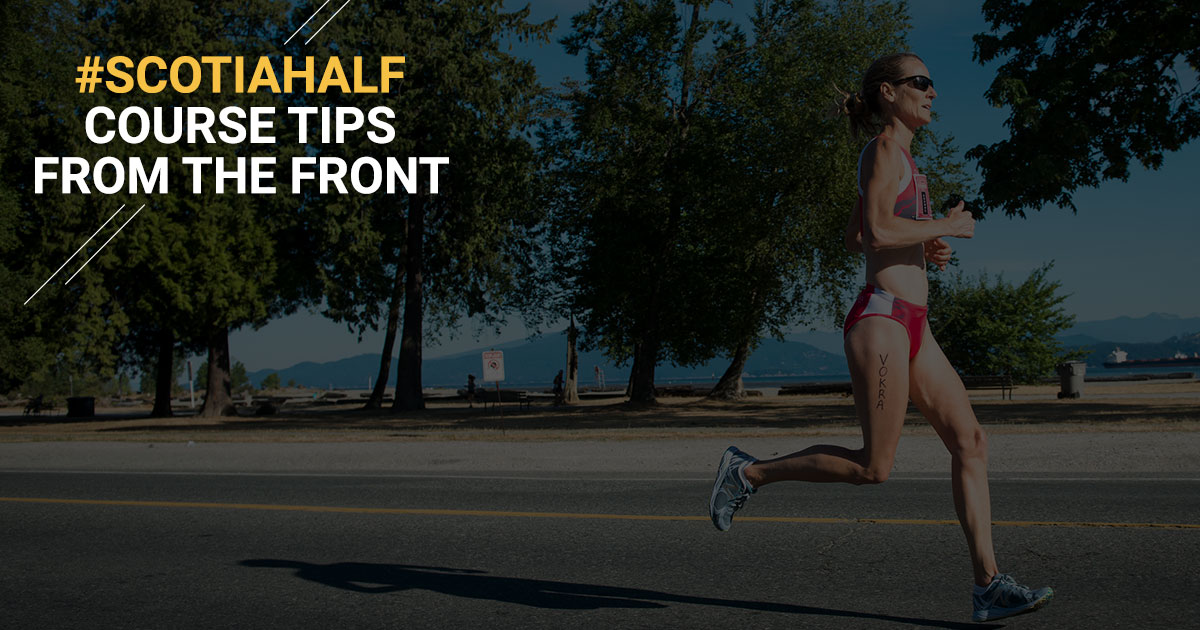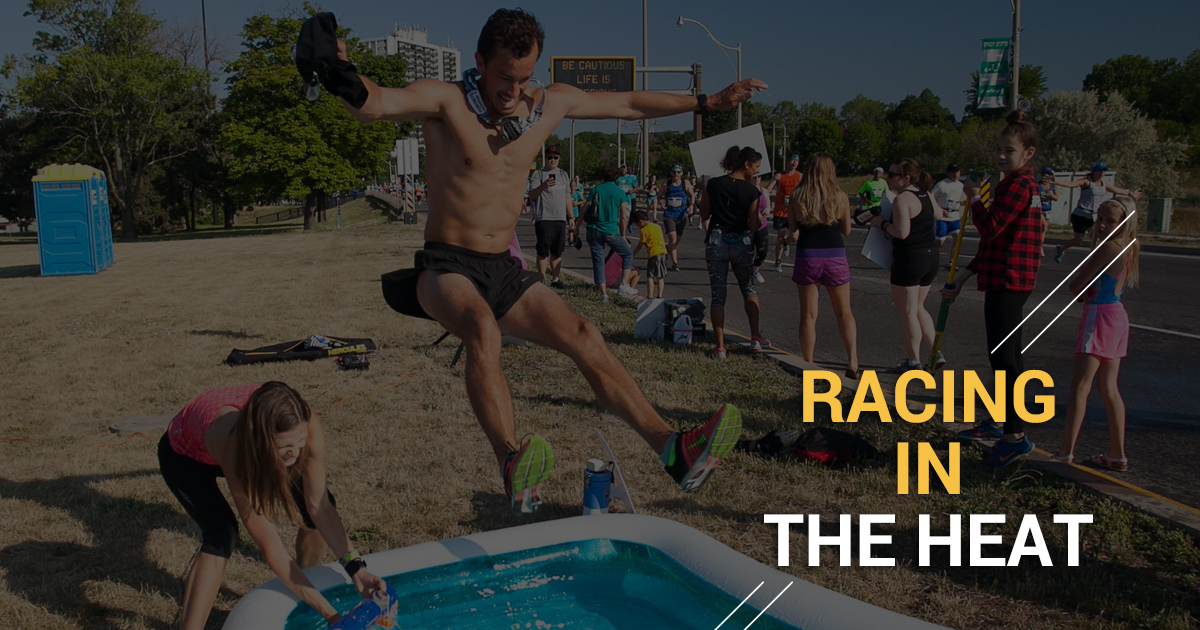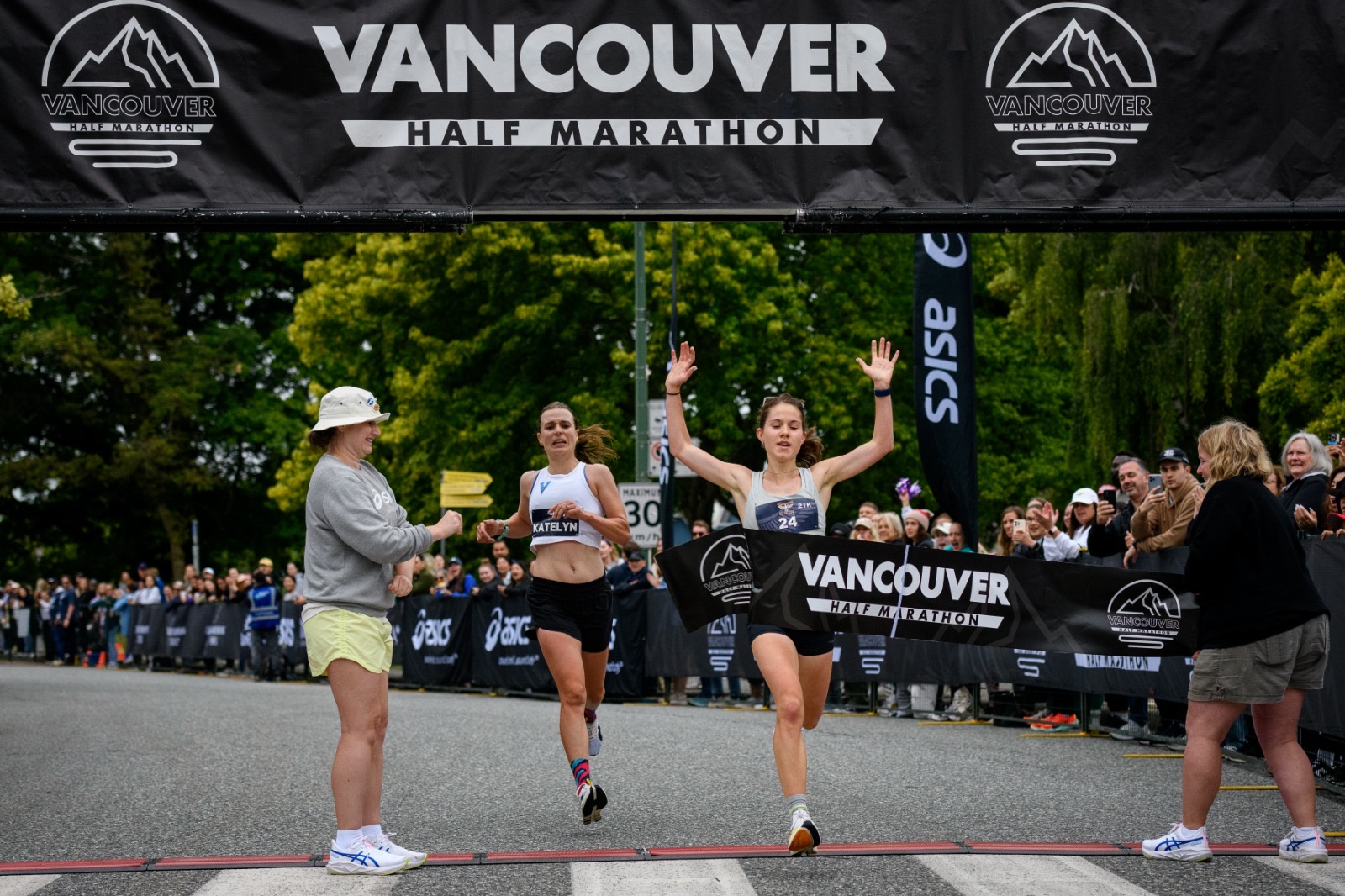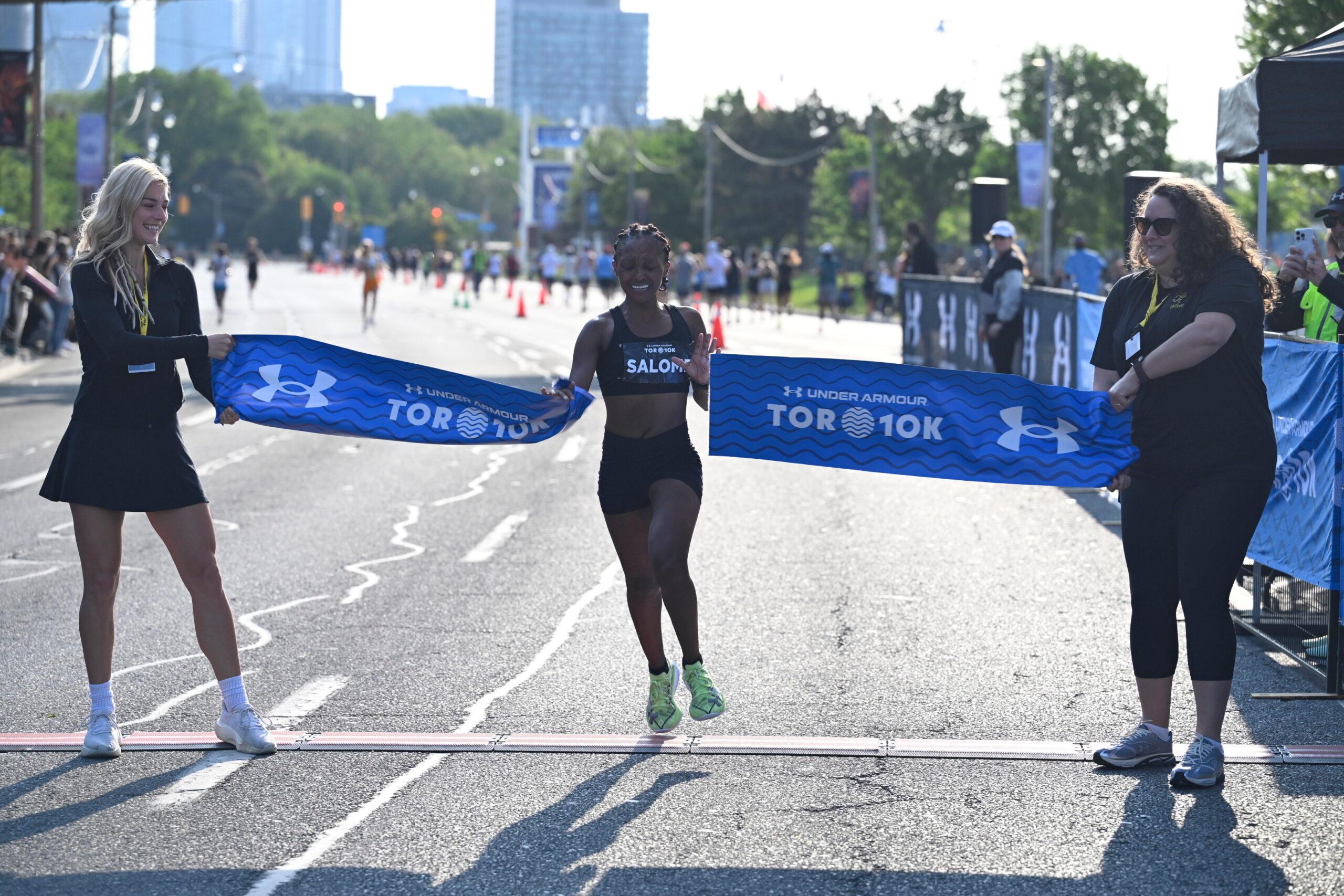
TORONTO June 17, 2017.
Canadian Olympian Natasha Wodak (33:52) and Kenyan-born Torontonian Daniel Wendimu (30:26) won today’s Toronto Waterfront 10K, presented by lululemon, in exciting races up front. Councillor Norm Kelly sent off a sold-out crowd of 7,100 from the 7:30 a.m. start on University Avenue next to City Hall under bright, sunny skies. The start temperature was a reasonable 21 degrees for June, with only a light breeze of 10k/hr from the east and humidity at 73%. The participants were drawn from 11 Canadian provinces and territories, 17 American states and 9 countries.
The men went through the first, downhill kilometre in 2:48 as Toronto Olympic Club’s Abrehem Wagaye moved to the front to push the pace ahead of a pack that included Wendimu, Canadian Olympians Eric Gillis and Reid Coolsaet, and Toronto’s Sami Jibril who ran so well as the top Canadian at the IAAF World Cross Country Championships in March. Wagaye steadily stretched his lead, to almost 100m at one point, passing 5k in 14:53. But gradually, as the sun and temperature rose, he began to fade and the chasers closed in to set up an exciting finish.
Wendimu passed him just after 8k to race to victory. The courageous Wagaye (30:41) managed to hold off a charging Jibril (30:46) for second. Speed River TFCs Tristan Woodfine was 4th in 30:53, ahead of his Olympic club-mates Gillis and Coolsaet. With the IAAF World Championships marathon just 2 months away, Gillis stopped around 4km to protect “a slight twinge” in his quad. Coolsaet, coming back from a serious foot injury over the winter was pleased to be back racing again, finishing 8th in 31:51. “Racing a 10k when you’re not in shape is tough,” he joked. “It was a fantastic event. A great way to spark my training for a fall marathon.”
Vancouver’s Natasha Wodak led the women’s race from start to finish to build a commanding lead in the current Canada Running Series standings after her victory at the Race Roster Spring Run Off 8K in April in High Park. London, Ontario’s Leslie Sexton and Olympian Krista DuChene of Brantford tucked in behind for the first two kilometres before Canada’s 10,000m record holder dropped the hammer in a quick third kilometre. She then cruised along Toronto’s scenic waterfront, perhaps losing a little concentration mid-race. “At 8km I wrote off the course record (33:50),” said Wodak. “Then with about 50 metres to go I saw the clock and sprinted as hard as I could.” She crossed the line in 33:52, to take home C$2,800 first-prize, but missed the $500 record bonus by a scant 2 seconds!
Leslie Sexton (34:49), who was also thrilled to be back racing after a lengthy injury-layoff, hung on for 2nd, with TOCs Dehininet Jara (34:51) a close 3rd. Brittany Moran (35:35) came home 4th, with DuChene (35:53) 5th and first women’s Master. “It was great to be back racing,” said Sexton. “It’s so fun. I really missed this!” DuChene was also pleased with her effort as she starts her re-build for the fall season. “This was more about having a good time and getting back at it, rather than a fast time,” she said.
Indeed, for all the participants, today’s Toronto Waterfront 10K put the fun into running. “I’d like to think that today’s race was a key moment for road racing in Canada,” said Canada Running Series Race Director Alan Brookes. “I don’t think that’s an exaggeration. The activation that lululemon brought to the event was a game-changer. It really represented the new running movement, that is more diverse, more inclusive, more social, more fun, while still including our Olympians and the best of traditional road racing. From the all-day yoga to the donut wall and the nineamazing cheer sites on-course, lululemon brought the event alive and created an experience.” Parkdale Roadrunner’s Daniel Blether summed it up well, “Amazing event, awesome community vibes. #Waterfront10K is a gem.”
To round out the new community running experience, New Leaf Foundation, a charity that offers yoga and mindfulness-based programs to support youth in marginalized communities, went home with a cheque for $16,500, raised by the 7,100 participants.
Full Results at https://canadarunningseries.com/toronto-10k/the-weekend/#results-and-photos
Canada Running Series continues next weekend with the Scotiabank Vancouver Half marathon & 5K: http://scotiahalf.com


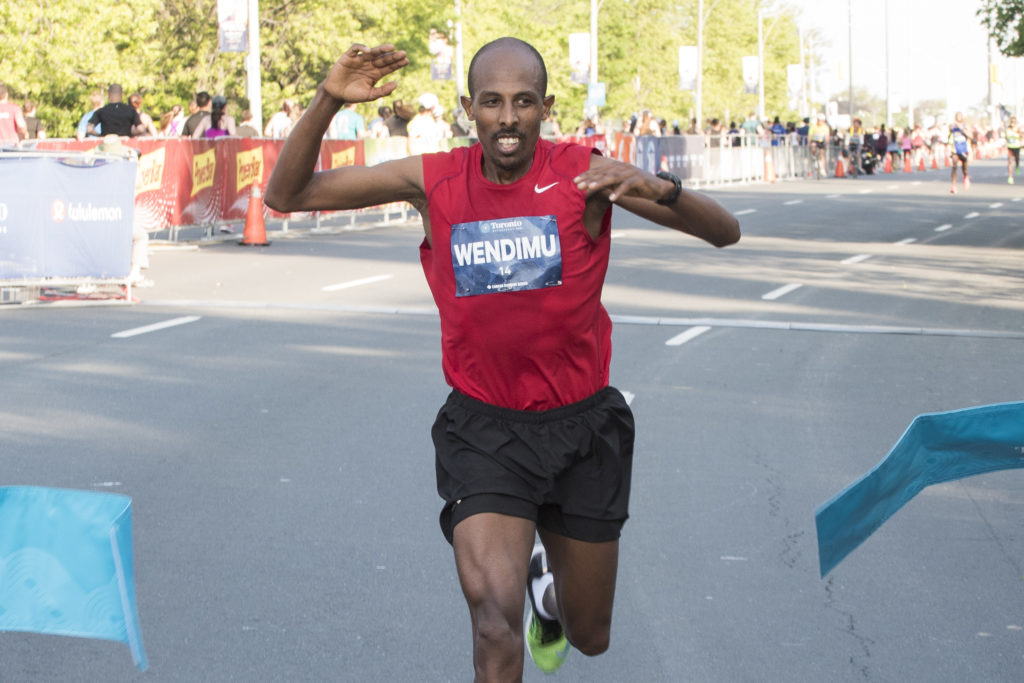
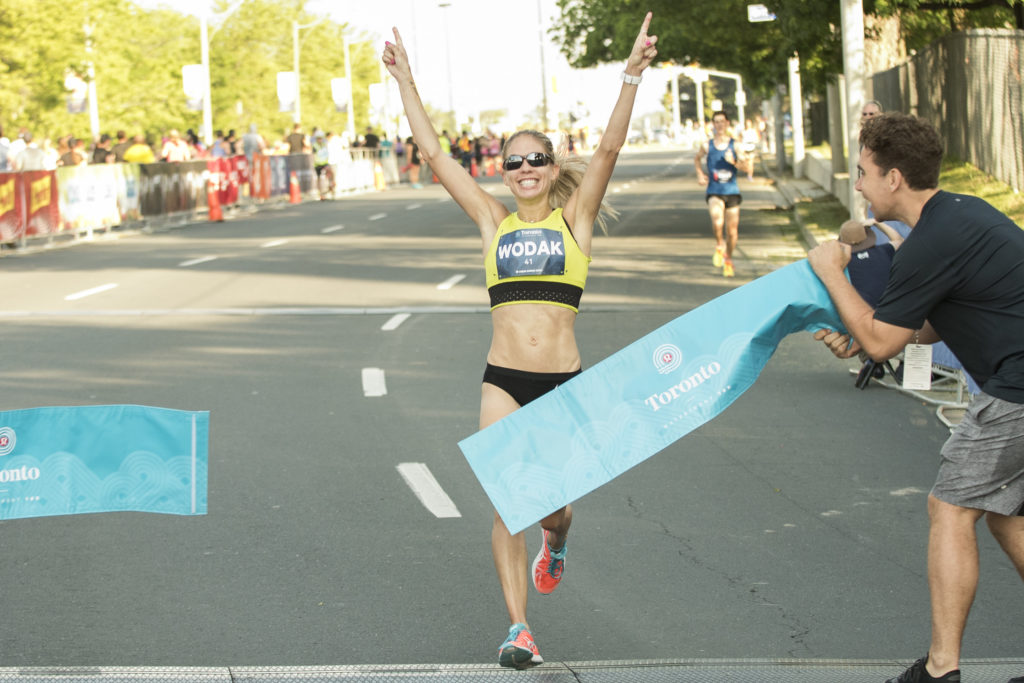
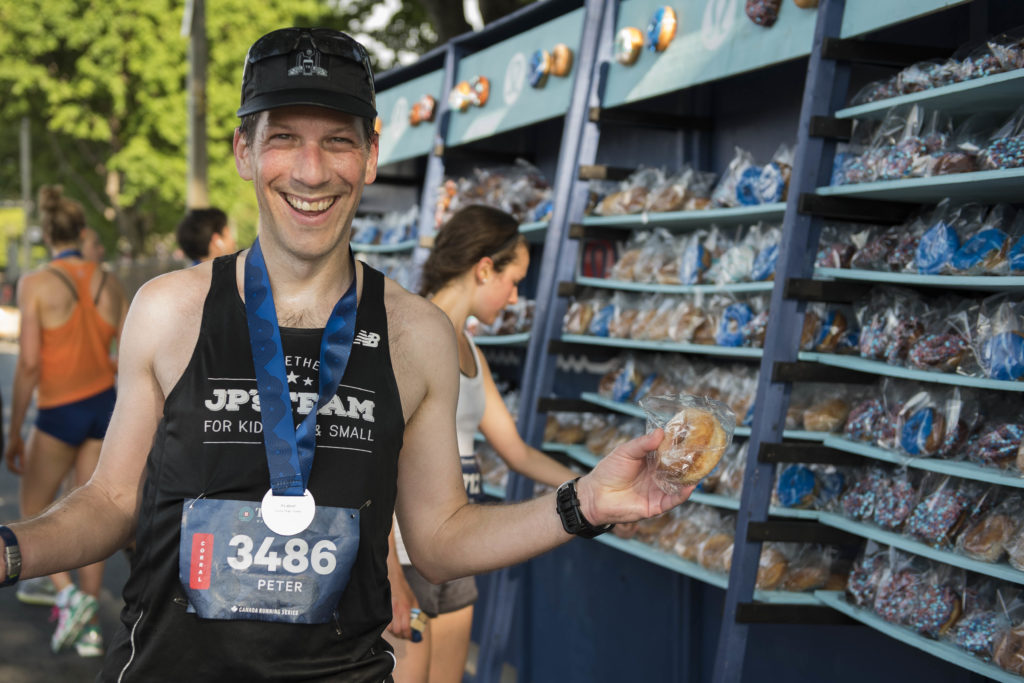
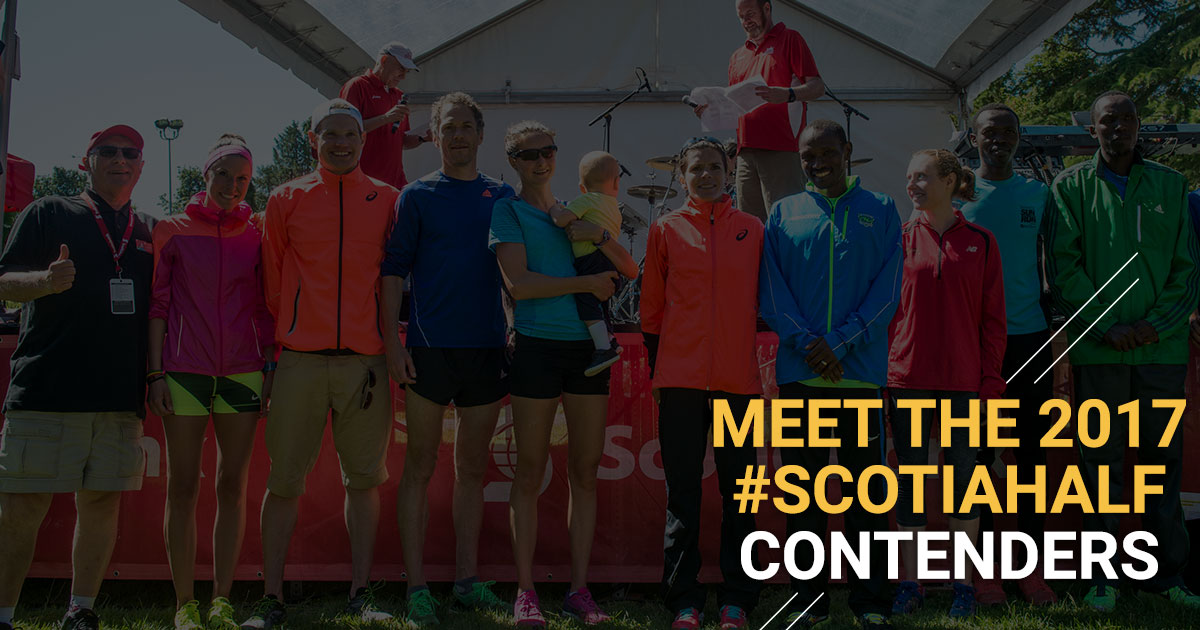
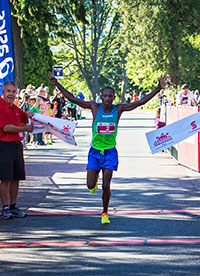
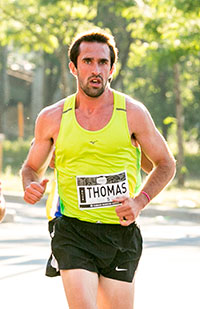
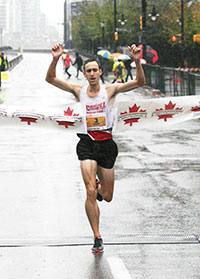
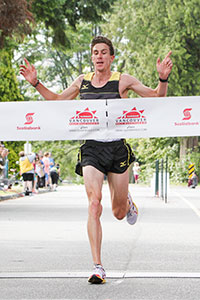
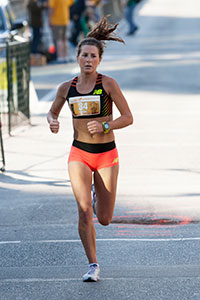
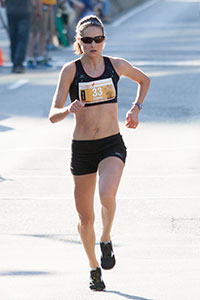
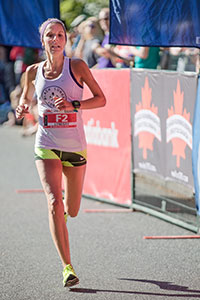
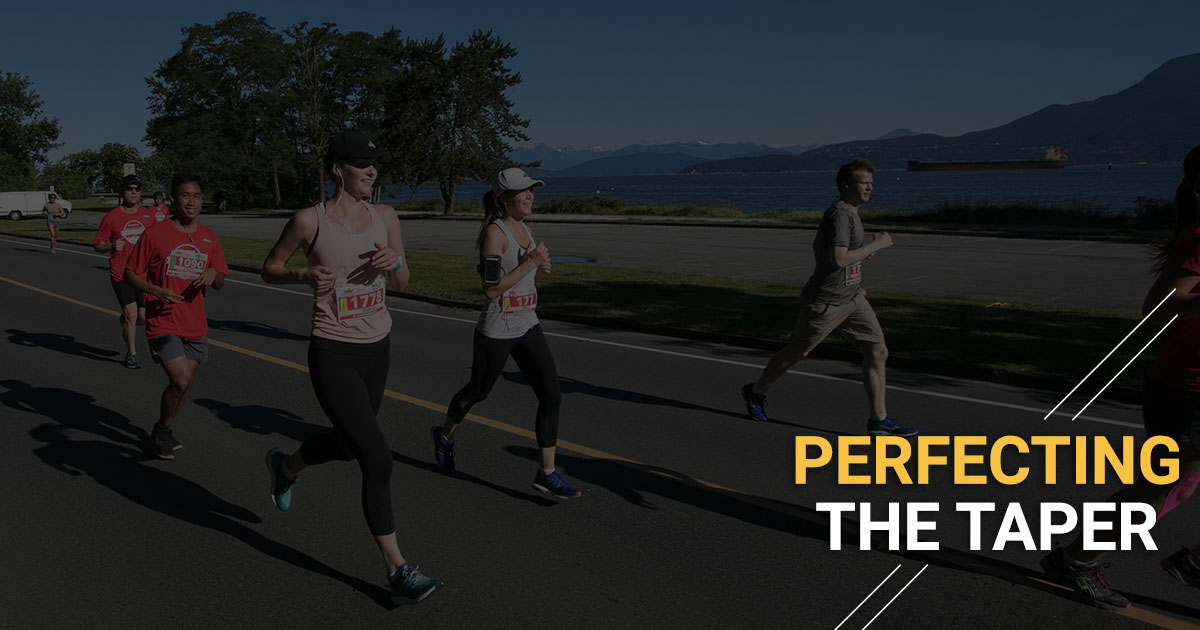
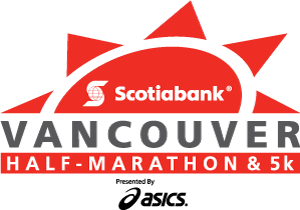 Introducing our Scotiabank Vancouver Half-Marathon & 5k Elite Field.
Introducing our Scotiabank Vancouver Half-Marathon & 5k Elite Field.